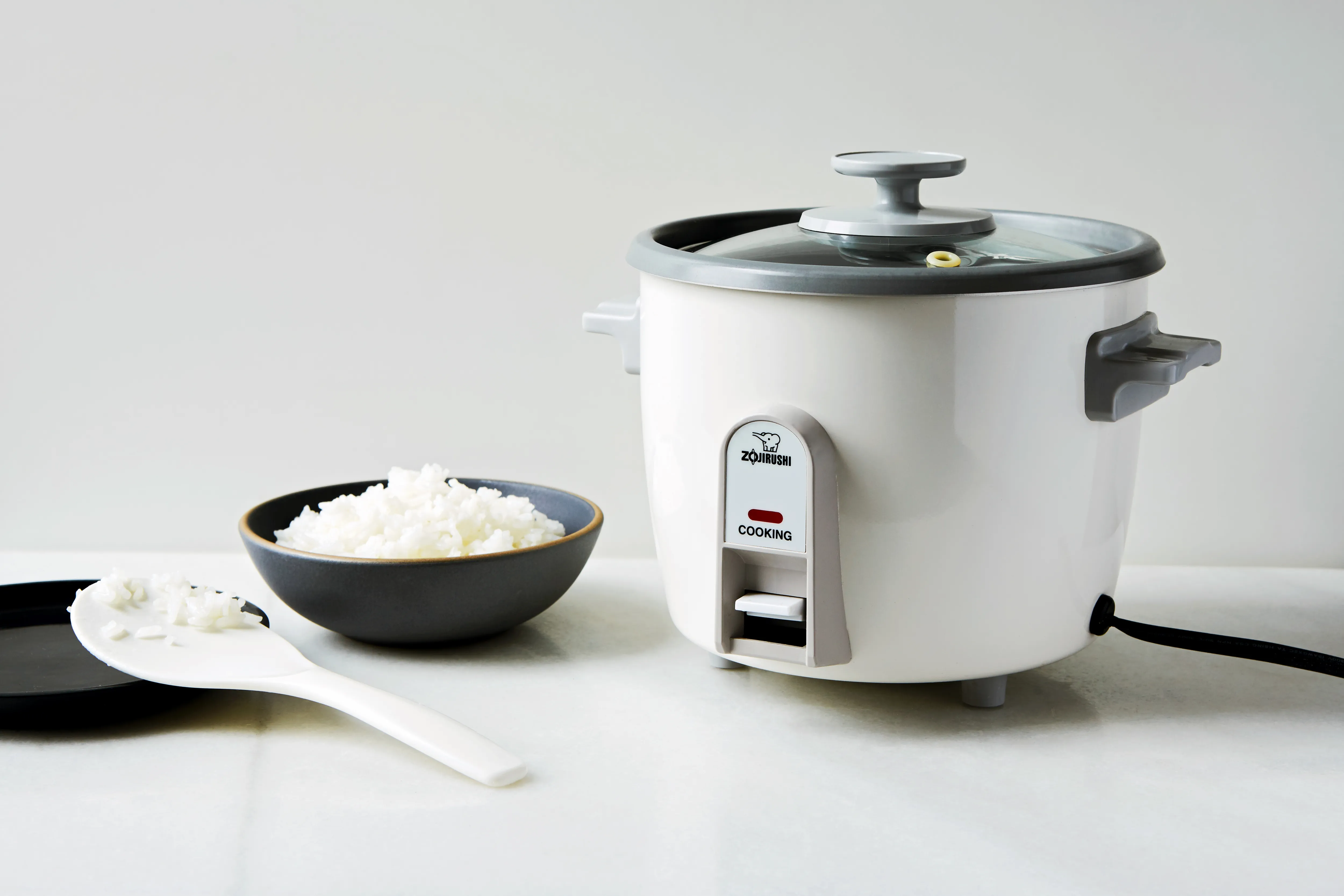

Articles
How Do I Choose A Rice Cooker
Modified: January 22, 2024
Looking for articles on how to choose a rice cooker? Discover expert tips and advice to help you make the right decision for your kitchen.
(Many of the links in this article redirect to a specific reviewed product. Your purchase of these products through affiliate links helps to generate commission for Storables.com, at no extra cost. Learn more)
Introduction
Choosing the right rice cooker can make a world of difference in your cooking experience. With so many options available on the market, it’s important to know what factors to consider before making a purchase. Whether you’re a rice enthusiast or a busy professional looking for a convenient way to prepare meals, finding the perfect rice cooker requires careful thought and consideration.
In this article, we will explore the key factors to consider when choosing a rice cooker. From budget and capacity to cooking functions and control panels, we will guide you through the decision-making process to help you find the ideal rice cooker that suits your needs and preferences.
So, let’s dive in and learn how to choose a rice cooker that will revolutionize your cooking and simplify your life!
Key Takeaways:
- Choose a rice cooker that fits your budget and desired features, balancing affordability with advanced options for a personalized cooking experience.
- Consider the capacity, cooking functions, and control panel features that align with your cooking style and preferences to find the perfect rice cooker for your needs.
Read more: Why Do I Need A Rice Cooker
Budget
One of the first considerations when choosing a rice cooker is your budget. Rice cookers come in a wide range of prices, from budget-friendly models to high-end options with advanced features. It’s important to set a budget range that aligns with your needs and financial capabilities.
If you’re looking for a basic rice cooker that performs well without breaking the bank, there are plenty of affordable options available. These models usually have simple designs, standard cooking functions, and smaller capacities. They are perfect for individuals or small families on a tight budget.
On the other hand, if you’re a cooking enthusiast who values versatility and precision, you may want to invest in a higher-end rice cooker. These models often come with advanced features such as multiple cooking functions (e.g., steaming, slow cooking), programmable timers, and digital displays. They also tend to have larger capacities, making them ideal for larger families or social gatherings.
Keep in mind that while higher-end models may come with a higher price tag, they often offer better build quality, more durable materials, and longer warranties. Consider your priorities and the value you place on additional features when determining your budget for a rice cooker.
Ultimately, finding a rice cooker that fits within your budget is essential. It’s important to strike a balance between your desired features and the amount you’re willing to spend. By having a clear budget in mind, you can narrow down your options and make a more informed decision.
Capacity
When choosing a rice cooker, it’s crucial to consider the capacity that best suits your needs. Rice cookers come in a variety of sizes, ranging from small ones that can accommodate a single cup of rice to larger ones that can cook rice for a whole family or even a party.
If you live alone or have a small household, a rice cooker with a capacity of 3 to 5 cups might be sufficient. This size can easily handle daily rice cooking needs without taking up too much counter space. These smaller models are also generally more affordable and energy-efficient.
For medium-sized families or those who frequently entertain guests, a rice cooker with a capacity between 6 to 10 cups would be a more suitable choice. This size provides enough space to cook rice for several people or for leftovers.
Large families or those who often host gatherings may prefer a rice cooker with a capacity of more than 10 cups. These larger models are designed to handle larger volumes of rice and can be a time-saver when cooking for a crowd.
It’s important to note that the capacity mentioned on rice cookers refers to cooked rice, not raw rice. The actual amount of uncooked rice that a cooker can handle will be less due to rice expansion during the cooking process. Thus, it’s recommended to consider your typical rice consumption and choose a capacity accordingly.
Additionally, consider the available space in your kitchen when selecting a rice cooker size. Make sure there is enough room on your countertop or in your cabinet to accommodate the size of the cooker you choose.
By selecting the appropriate capacity, you can ensure that your rice cooker meets your cooking needs without wasting space or struggling to cook enough rice for your family or guests.
Cooking Functions
When choosing a rice cooker, it’s important to consider the cooking functions it offers. While the primary purpose of a rice cooker is to cook rice, many models come with additional features that can add versatility to your cooking routine.
Here are some common cooking functions to look out for:
- White Rice: This is the most basic function that all rice cookers have. It cooks plain white rice to fluffy perfection.
- Brown Rice: If you prefer healthier whole grain options like brown rice or wild rice, make sure the rice cooker you choose has a specific setting for these varieties. Cooking times and water ratios may differ for different types of rice.
- Multi-grain: This function allows you to cook a mix of different grains like quinoa, barley, millet, or even a combination of rice and lentils. It’s perfect for those who enjoy a variety of grains in their meals.
- Steam: Many rice cookers come with a steaming function that allows you to steam vegetables, seafood, or even dumplings while your rice cooks. This convenient feature eliminates the need for separate steamers and saves time in the kitchen.
- Slow Cook: Some rice cookers have a slow cooking function that allows you to simmer soups, stews, or even make porridge. This versatility can be handy for preparing a variety of one-pot meals.
Consider your cooking preferences and the types of dishes you enjoy making. If you often cook a variety of grains or like to steam your vegetables alongside rice, a rice cooker with these additional cooking functions would be beneficial.
Keep in mind that more advanced cooking functions may come with a higher price tag. It’s important to consider the value you place on these features and whether they align with your cooking habits and lifestyle.
Take the time to research and compare different rice cooker models to find one that offers the cooking functions you desire and fits within your budget. This will ensure that your rice cooker becomes a versatile kitchen appliance that enhances your culinary experience.
Control Panel
The control panel of a rice cooker plays a significant role in its ease of use and functionality. When choosing a rice cooker, it’s essential to consider the type of control panel that best suits your preferences and cooking needs.
Here are some key aspects of a rice cooker control panel to consider:
- Simplicity: Some rice cookers have basic manual controls, such as a simple on/off switch and a single button to start the cooking process. These models are straightforward and easy to use, making them a suitable choice for those who prefer simplicity in their kitchen appliances.
- Programmable Settings: More advanced rice cookers may come with programmable settings that allow you to adjust cooking times and temperature settings. This feature is beneficial if you want precise control over the cooking process and the ability to customize your rice according to your preferences.
- Digital Display: Rice cookers with a digital display make it easier to monitor the cooking progress and adjust settings. The display can show information such as cooking time, selected functions, and even temperature readings. This feature adds convenience and enhances the overall user experience.
- Keep Warm and Timer Functions: Many rice cookers have a “keep warm” function that automatically switches on after the rice is cooked. This keeps the rice warm and ready to eat for an extended period, perfect for those who have unpredictable meal times. Some rice cookers also offer a timer function that allows you to set a specific time for the rice to be cooked and ready to serve.
Consider your comfort level with different control panel types and the level of control you desire while cooking rice. If you prefer a straightforward and hassle-free experience, a rice cooker with a simple control panel might be sufficient for your needs. However, if you enjoy customization and precise control, opt for a model with programmable settings and a digital display.
Additionally, make sure that the control panel is easy to navigate and the buttons are user-friendly. Look for clear labels and intuitive designs that make operating the rice cooker a breeze.
By considering the control panel features that align with your preferences, you can ensure that your rice cooker is not only functional but also user-friendly in your day-to-day cooking endeavors.
Read more: How Do I Use An Aroma Rice Cooker
Inner Pot Material
The material of the inner pot in a rice cooker plays a crucial role in the cooking performance and durability of the appliance. Different materials have distinct characteristics that can affect the quality of the cooked rice and the overall lifespan of the rice cooker.
Here are some common inner pot materials used in rice cookers:
- Non-Stick Coated: This is the most prevalent type of inner pot material found in rice cookers. Non-stick coatings, such as Teflon or ceramic, prevent rice from sticking to the pot and make cleaning a breeze. They also help evenly distribute heat for consistent cooking results. Non-stick coated inner pots are a popular choice due to their convenience and ease of use.
- Stainless Steel: Rice cookers with stainless steel inner pots offer superior durability and longevity. Stainless steel is resistant to scratches, corrosion, and staining. It also does not react with food, making it a safe and healthy choice. However, rice may have a tendency to stick to stainless steel pots, requiring extra care during cooking and cleaning.
- Clay: Clay inner pots, also known as earthen pots, are traditional options that are gaining popularity due to their ability to enhance the flavor and texture of rice. Clay pots absorb excess moisture during cooking, resulting in fluffy and aromatic rice. However, they require more maintenance and careful handling as they can be fragile and prone to cracking.
- Aluminum: Aluminum inner pots are lightweight and heat up quickly, making them efficient for cooking rice. However, they are prone to scratching and may react with acidic ingredients. Some rice cookers feature aluminum with non-stick coatings for improved durability and easier cleaning.
Consider your cooking preferences, maintenance habits, and health concerns when choosing the inner pot material. If convenience and easy cleaning are your priorities, non-stick-coated or stainless steel inner pots are great options. If you value the natural flavors and textures of rice, clay pots may be a good fit. For those seeking lightweight and efficient options, aluminum pots can be a suitable choice.
It’s important to note that the quality of the inner pot can vary among different brands and models. Look for rice cookers with high-quality materials that are designed to withstand long-term use and offer reliable performance.
By selecting the right inner pot material, you can ensure that your rice cooker provides consistent cooking results and lasts for years to come.
When choosing a rice cooker, consider the capacity, cooking settings, and additional features such as a steaming tray or delay timer to ensure it meets your cooking needs.
Heating Technology
The heating technology used in a rice cooker is an important factor to consider as it directly influences the cooking performance and the quality of the rice. Different heating technologies offer varying levels of precision, effectiveness, and energy efficiency.
Here are some common heating technologies found in rice cookers:
- Conventional Heating: Most basic rice cookers utilize conventional heating methods where heat is generated from the heating element located at the bottom of the cooker. This traditional heating technology is simple and effective, ensuring even heat distribution for thorough cooking.
- Fuzzy Logic: Fuzzy Logic technology is found in more advanced rice cookers. It uses sensors and computerized algorithms to adjust cooking time and temperature automatically. This technology accounts for factors like rice type, moisture content, and ambient temperature, delivering consistently cooked rice with optimal texture and flavor.
- Induction Heating (IH): Induction heating is a cutting-edge technology that provides precise and efficient temperature control. IH rice cookers use magnetic fields to generate heat directly in the inner pot, resulting in faster and more even cooking. This technology is known for its ability to produce superior rice quality, with exceptional texture and taste.
When selecting a rice cooker, consider your cooking needs and preferences. If you prioritize convenience and simplicity, a rice cooker with conventional heating technology may suffice. However, if you’re seeking precise control and consistent results, a rice cooker with fuzzy logic or induction heating technology would be a better choice.
It’s worth noting that rice cookers with advanced heating technologies may come at a higher price point. However, they offer improved cooking performance, energy efficiency, and versatility, making them a worthwhile investment for rice enthusiasts or those who desire restaurant-quality rice at home.
Take the time to research different rice cooker models and read customer reviews to understand the heating technology used and its impact on the cooking experience. By selecting a rice cooker with the right heating technology for your needs, you can ensure perfectly cooked rice every time.
Size and Portability
The size and portability of a rice cooker are important considerations, especially if you have limited kitchen space or if you plan to use your rice cooker in different locations.
Here are some factors to consider regarding size and portability:
- Countertop Space: Measure the available space in your kitchen before purchasing a rice cooker. Consider the dimensions of the cooker and ensure that it will fit comfortably on your countertop. If space is limited, look for compact models that have a smaller footprint.
- Capacity vs. Bulkiness: Keep in mind that larger capacity rice cookers tend to be bulkier. If you have limited storage space or plan to transport the rice cooker frequently, a smaller and more lightweight model might be a better choice. However, if you have a larger kitchen and need to cook rice for a larger family or gatherings, a bulkier model with a higher capacity may be necessary.
- Portability Features: Some rice cookers come with handles or carry bags, making them easier to transport. If you plan to take your rice cooker to potlucks, picnics, or other locations outside your home, look for models that offer convenient portability features.
Consider your lifestyle and specific needs when it comes to size and portability. If you have a small kitchen or frequently cook in different locations, prioritize a compact and lightweight rice cooker that is easy to move around. Alternatively, if you have ample storage space and tend to cook for larger groups, focus on finding a larger capacity cooker that meets your needs.
Additionally, it’s essential to ensure that the rice cooker is sturdy and well-built, especially if you plan to transport it. Look for models with secure locking mechanisms and durable construction materials to prevent accidents or damage during transportation.
By considering the size and portability of a rice cooker, you can ensure that it seamlessly integrates into your kitchen space and meets your mobility requirements.
Brand and Warranty
When choosing a rice cooker, it’s important to consider the brand reputation and the warranty offered. A reputable brand and a solid warranty can provide peace of mind and assurance of product quality and customer support.
Here are a few points to consider when evaluating the brand and warranty:
- Brand Reputation: Research and gather information about different rice cooker brands. Look for brands that have a long-standing reputation for producing high-quality kitchen appliances. Read customer reviews, check ratings, and seek recommendations from trusted sources. A reputable brand is more likely to deliver a reliable and durable rice cooker with excellent performance.
- Customer Support: Consider the level of customer support provided by the brand. Look for brands that offer responsive customer service and assistance in case of any issues or concerns. A brand that values their customers and provides efficient support can be invaluable in ensuring a positive experience with your rice cooker.
- Warranty Coverage: Check the warranty terms and conditions offered by the brand. A good warranty should cover manufacturing defects and provide a reasonable time period of coverage. Look for warranties that offer at least one year of protection, but keep in mind that some brands may offer longer warranty periods for certain components or models.
- Extended Warranty Options: Some brands may offer extended warranty options for an additional cost. Consider whether investing in an extended warranty is worth it for your peace of mind and long-term protection.
While a reliable brand and warranty cannot guarantee a faultless product, they can provide you with assurance and protection in case of any issues. A reputable brand is more likely to uphold their reputation and provide better quality control, ensuring that you receive a reliable rice cooker.
It’s also worth considering the availability of replacement parts for the rice cooker and the brand’s commitment to supporting their products in the long run. This can be important for future maintenance and repairs if needed.
Take the time to research different brands, read customer feedback, and understand the warranty terms before making your decision. By choosing a reputable brand with a solid warranty, you can enhance your confidence in your rice cooker and enjoy peace of mind throughout its usage.
Read more: How Do I Cook Wild Rice In A Rice Cooker
Customer Reviews
One valuable source of information when choosing a rice cooker is customer reviews. Reading feedback from other users can provide insights into the performance, reliability, and overall satisfaction with a particular rice cooker model.
Here are some reasons why customer reviews are important:
- Real-life Experiences: Customer reviews offer a glimpse into the real-life experiences of people who have used the rice cooker. They can provide valuable insights into the pros and cons of a specific model, highlighting its strengths and potential shortcomings.
- Product Performance Assessment: By reading customer reviews, you can assess the performance of a rice cooker and determine if it meets your requirements. Customers often share details about the consistency of the cooked rice, ease of use, reliability, and overall satisfaction with the product.
- Common Issues and Solutions: Customer reviews can shed light on any recurring issues or problems encountered with a specific rice cooker. This information can help you make an informed decision and be aware of any potential challenges you may face.
- Product Comparisons: Reading multiple customer reviews for different rice cooker models allows you to make comparisons and evaluate which option provides the best overall value and user experience. You can see how different models stack up against each other in terms of performance, features, and customer satisfaction.
When reading customer reviews, try to look for reviews from verified purchasers and those who have similar needs or preferences to yours. Take note of both positive and negative feedback to get a comprehensive understanding of the product’s strengths and weaknesses.
However, keep in mind that customer reviews can be subjective and based on individual experiences. What may be a concern or drawback for one person may not necessarily be the same for you. Consider the overall consensus and weigh multiple opinions to form an objective view.
Additionally, it’s important to read a variety of reviews to avoid relying solely on a small sample size. Take the time to explore different platforms and sources to gather a wide range of opinions.
By leveraging the power of customer reviews, you can gain valuable insights that will help you make an informed decision and select a rice cooker that best suits your needs and preferences.
Conclusion
Choosing the right rice cooker is crucial in enhancing your cooking experience and simplifying meal preparation. By considering factors such as budget, capacity, cooking functions, control panel, inner pot material, heating technology, size and portability, brand reputation, warranty, and customer reviews, you can make an informed decision that aligns with your needs and preferences.
First and foremost, determine your budget and consider the features that are most important to you. This will help you narrow down your options and find a rice cooker that meets your requirements without breaking the bank.
Consider the capacity of the rice cooker based on your household size and cooking needs. Whether you need a smaller size for single use or a larger one for family gatherings, finding the right capacity ensures you always have enough rice for your meals.
Take a close look at the cooking functions offered by different rice cooker models. Whether it’s basic rice cooking, steaming, slow cooking, or multi-grain options, choose a cooker that suits your cooking style and preferences.
Evaluate the control panel and select one that is easy to use and navigate. Whether you prefer simple manual controls or programmable settings with digital displays, the control panel should match your comfort level and desired level of precision.
Consider the inner pot material, taking into account factors such as non-stick coatings for easy cleaning, stainless steel for durability, clay for enhanced flavor, or aluminum for efficient heating.
Think about the heating technology used in the rice cooker. From conventional heating to advanced options like fuzzy logic and induction heating, choose the technology that aligns with your need for precise control and consistent results.
Consider the size and portability of the rice cooker based on your kitchen space and lifestyle. Smaller and lightweight models are ideal for those with limited space or those who plan to transport the cooker frequently.
Assess the brand reputation and warranty offered. Opt for a reputable brand that has a history of producing quality kitchen appliances and offers a solid warranty for your peace of mind.
Finally, don’t forget to read customer reviews to gain insights into real-life experiences. Pay attention to the overall feedback and opinions of verified purchasers to gauge the performance and reliability of the rice cooker you are considering.
By considering these factors and finding the right balance between your needs and preferences, you can choose a rice cooker that will be a valuable addition to your kitchen and simplify your cooking process. So, equip yourself with the knowledge gained from this guide and embark on your quest for the perfect rice cooker!
Frequently Asked Questions about How Do I Choose A Rice Cooker
Was this page helpful?
At Storables.com, we guarantee accurate and reliable information. Our content, validated by Expert Board Contributors, is crafted following stringent Editorial Policies. We're committed to providing you with well-researched, expert-backed insights for all your informational needs.
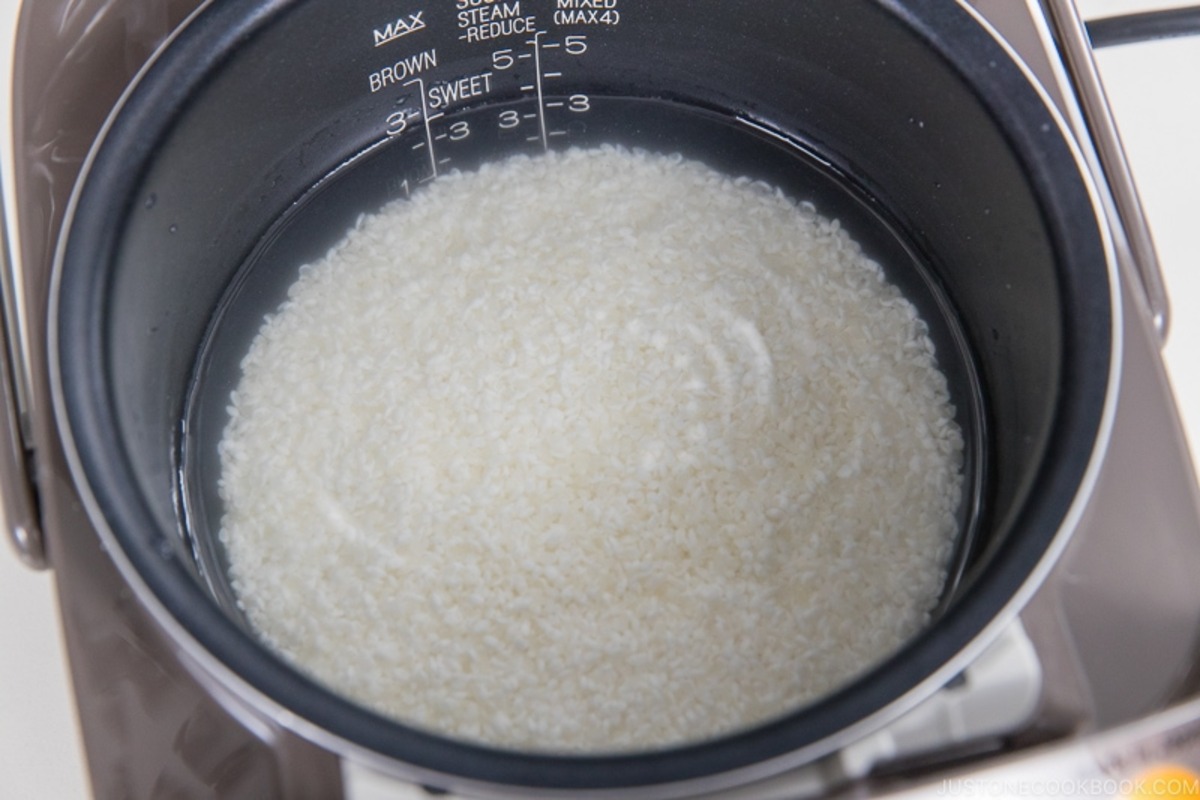
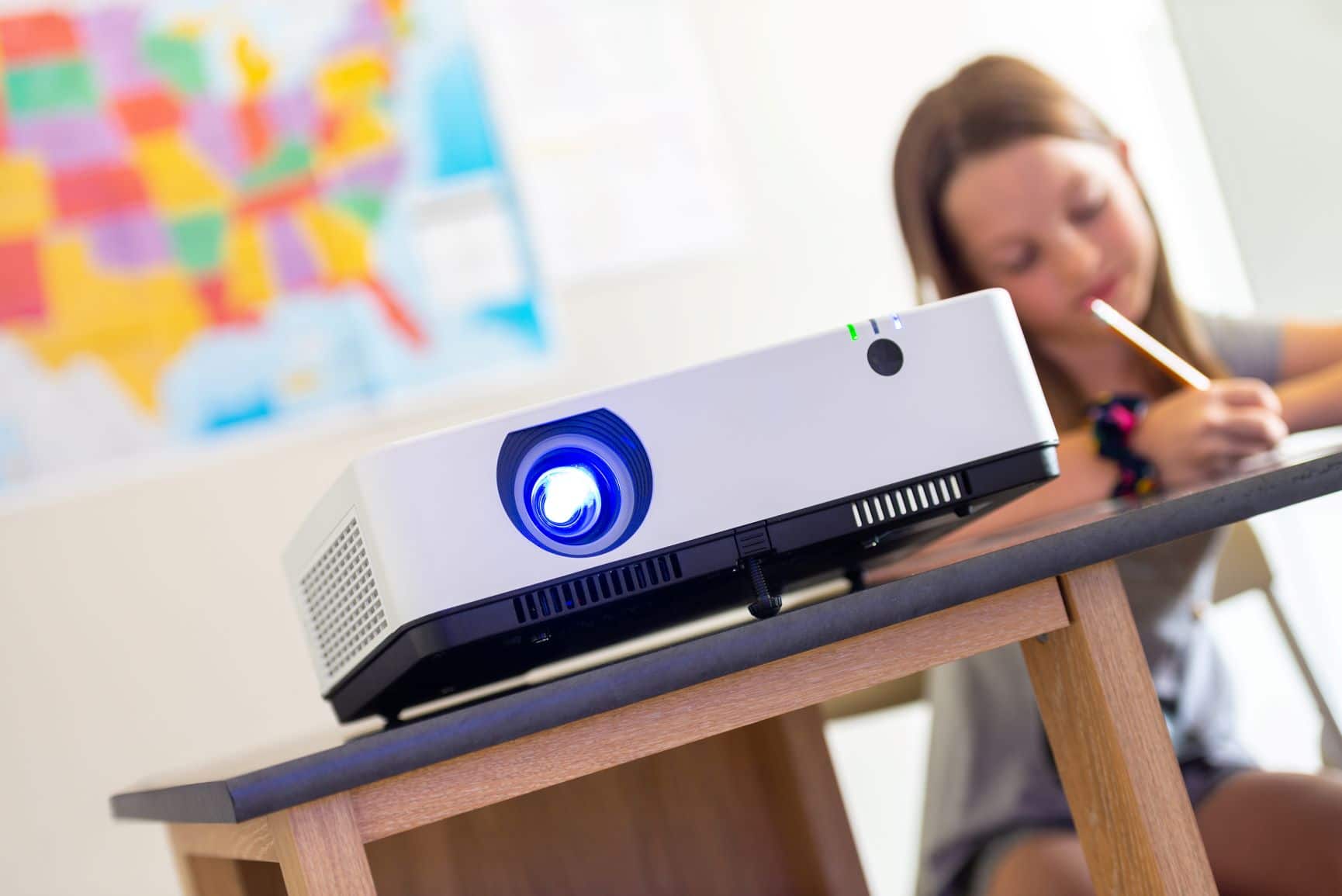


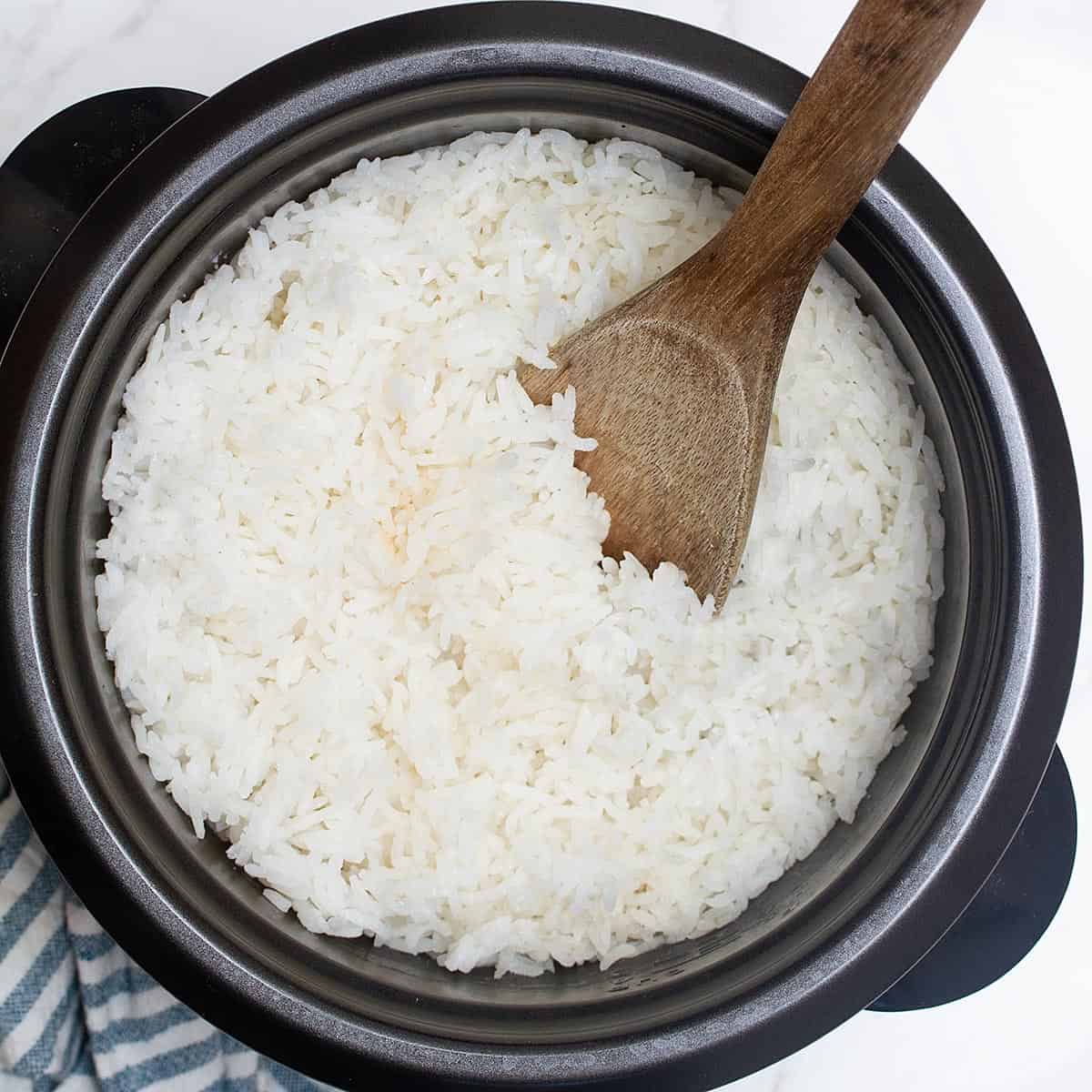
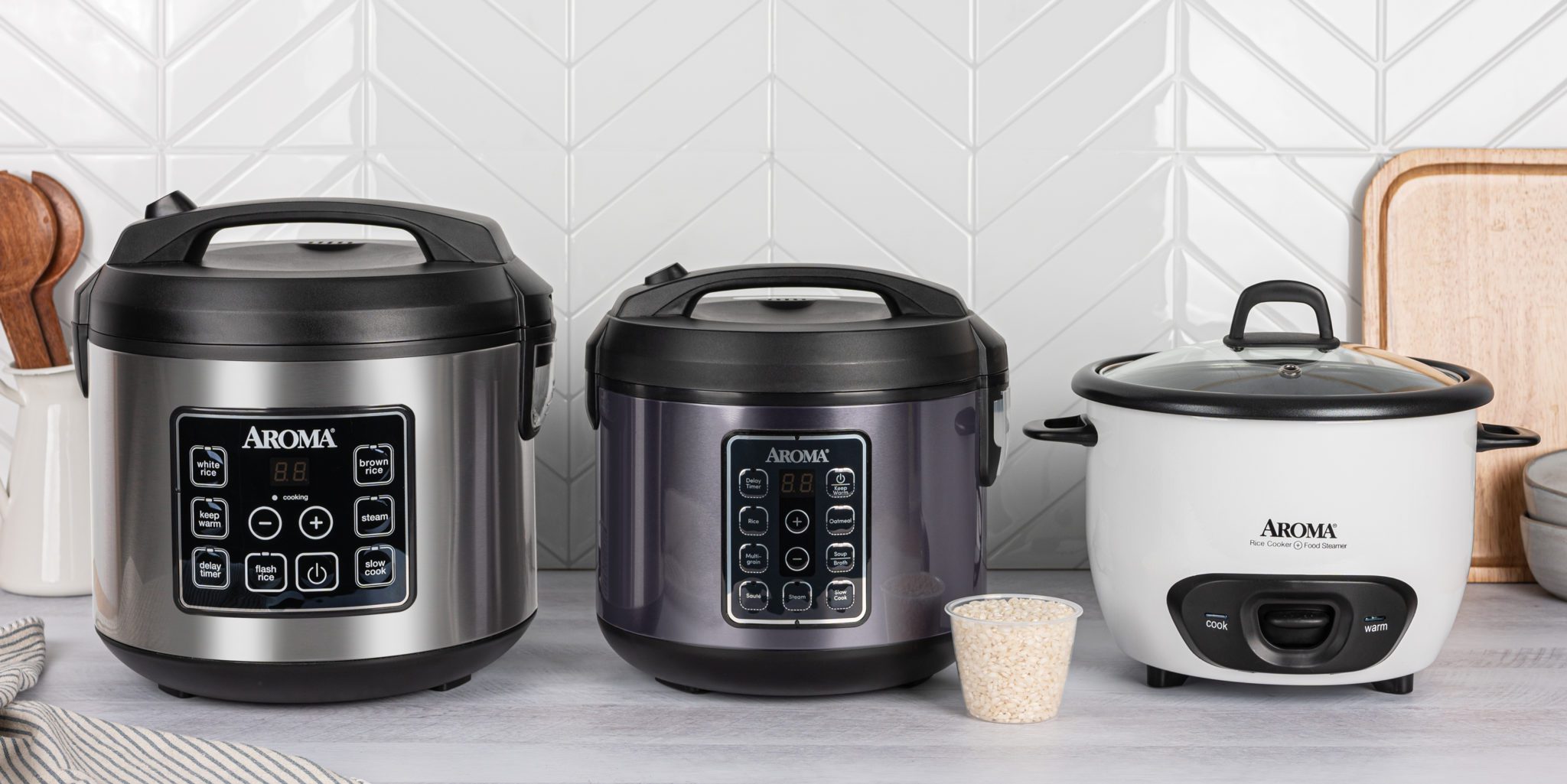
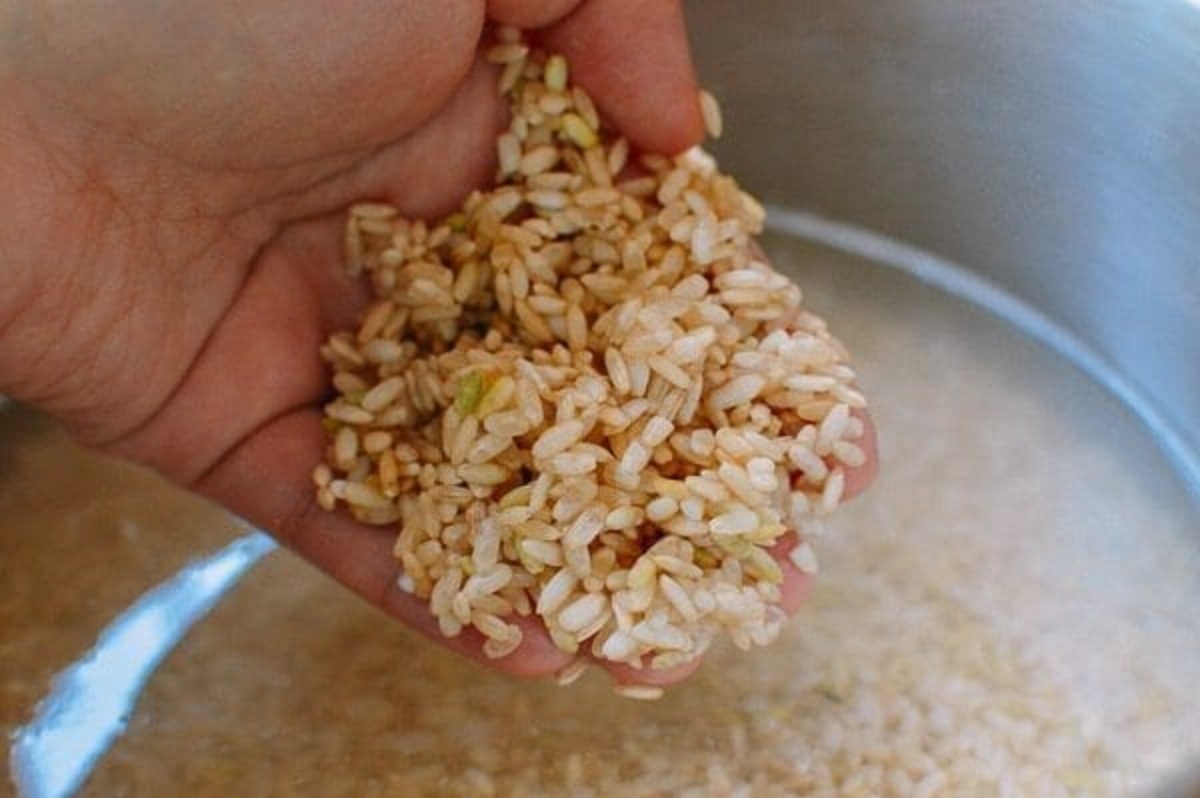
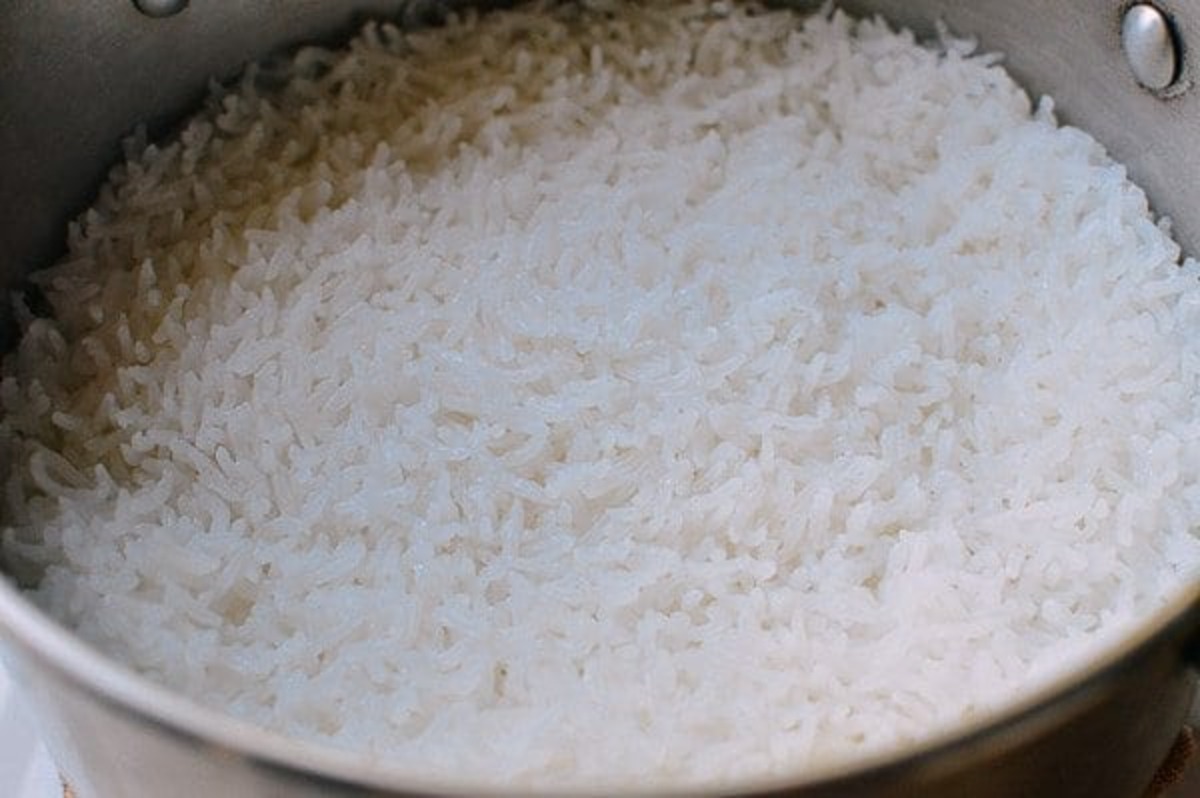
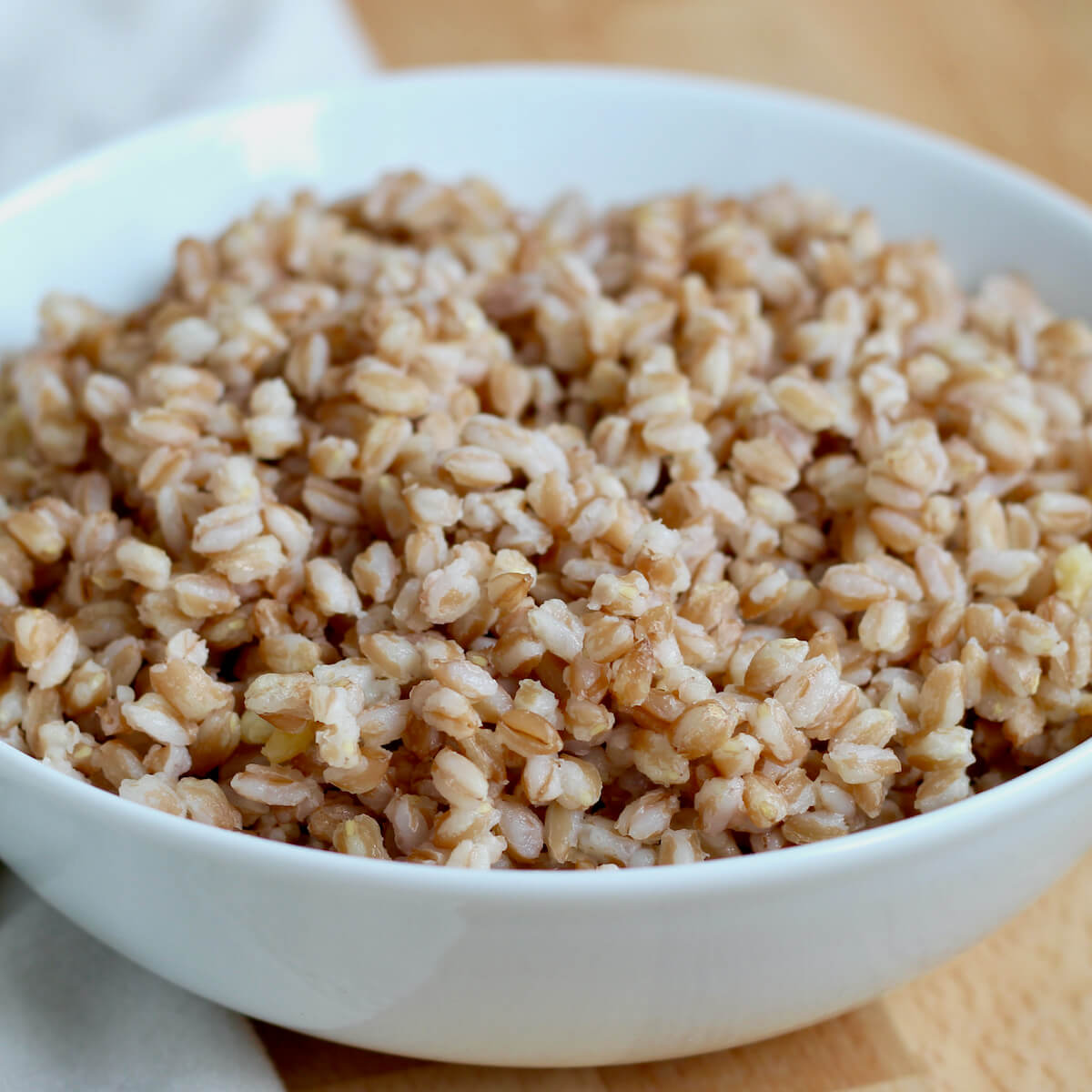
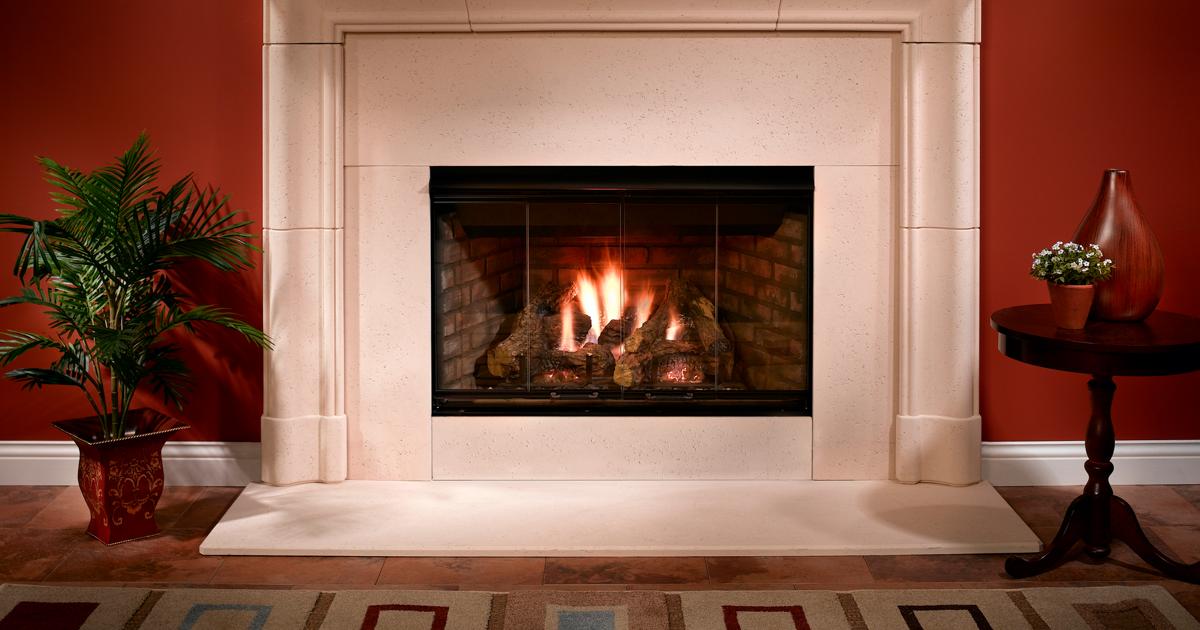
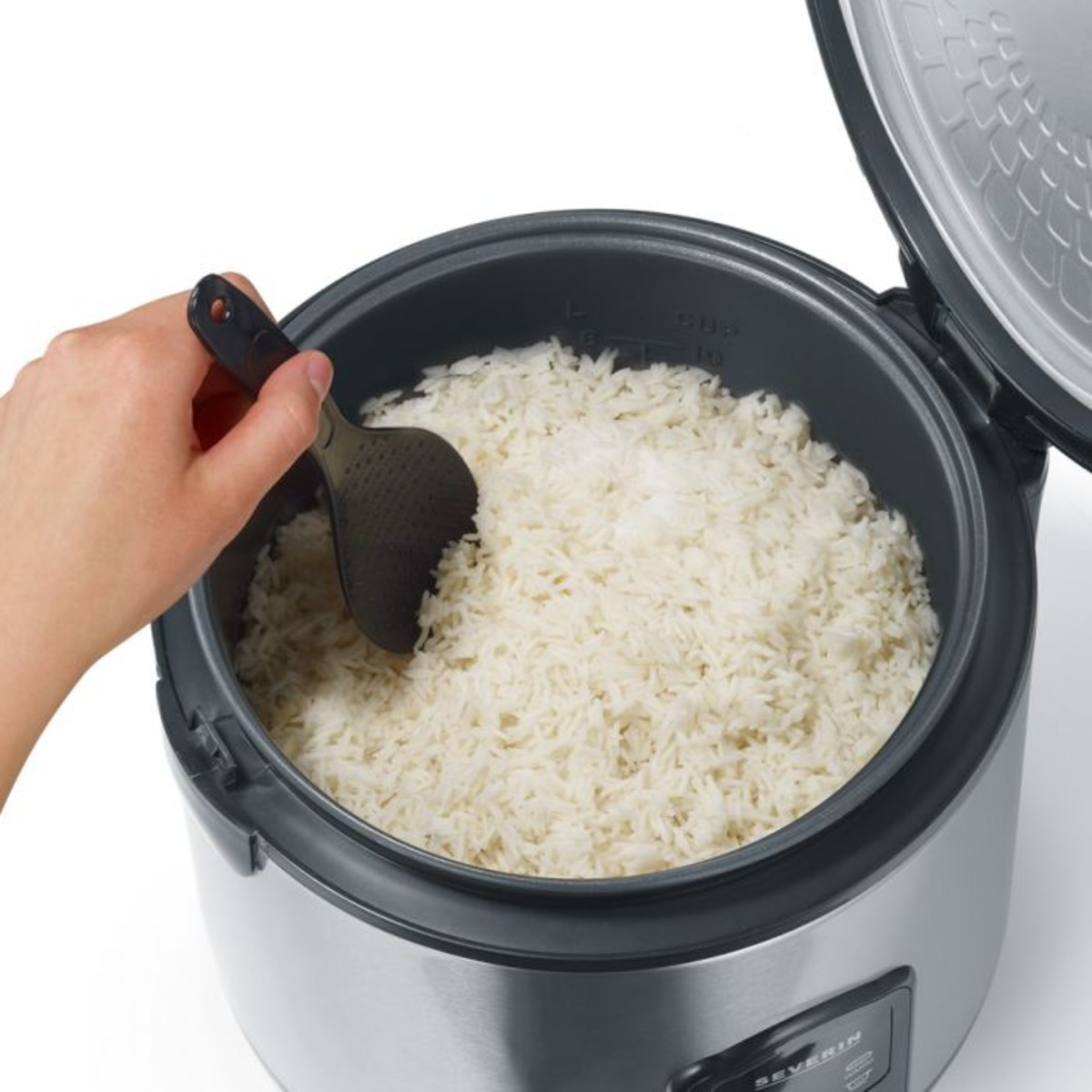
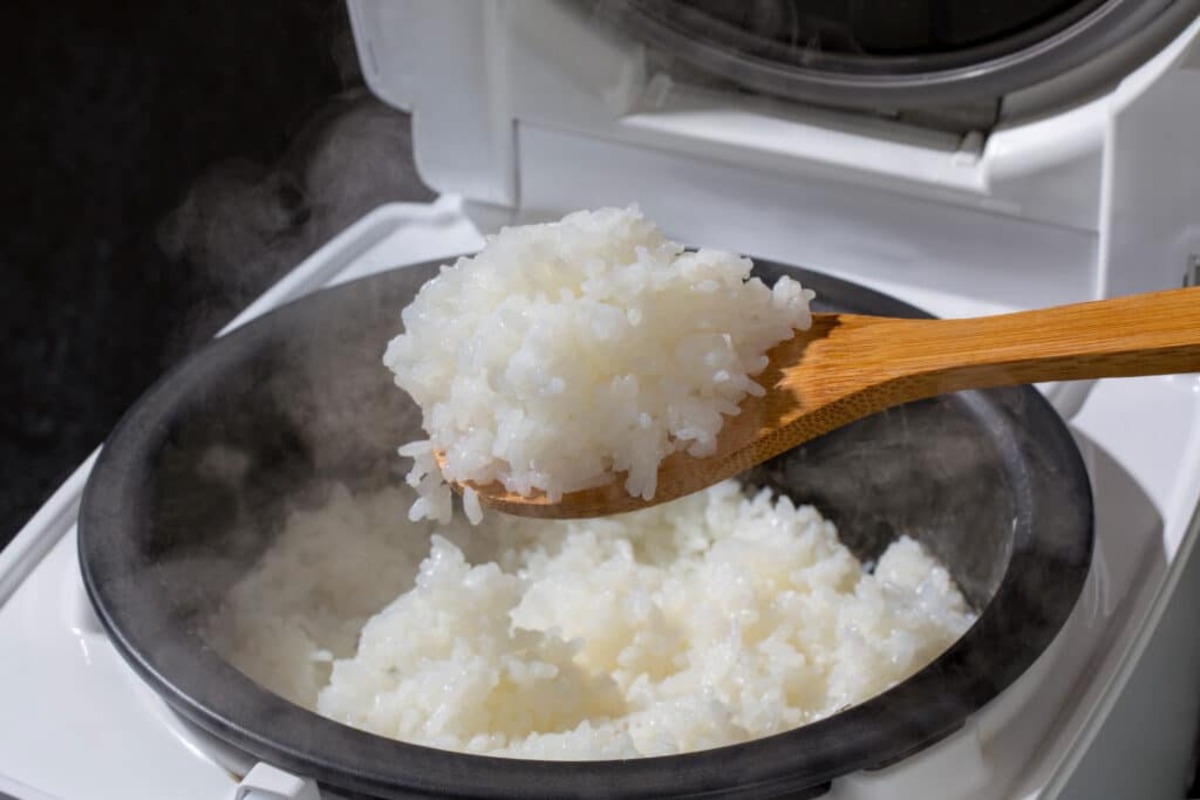
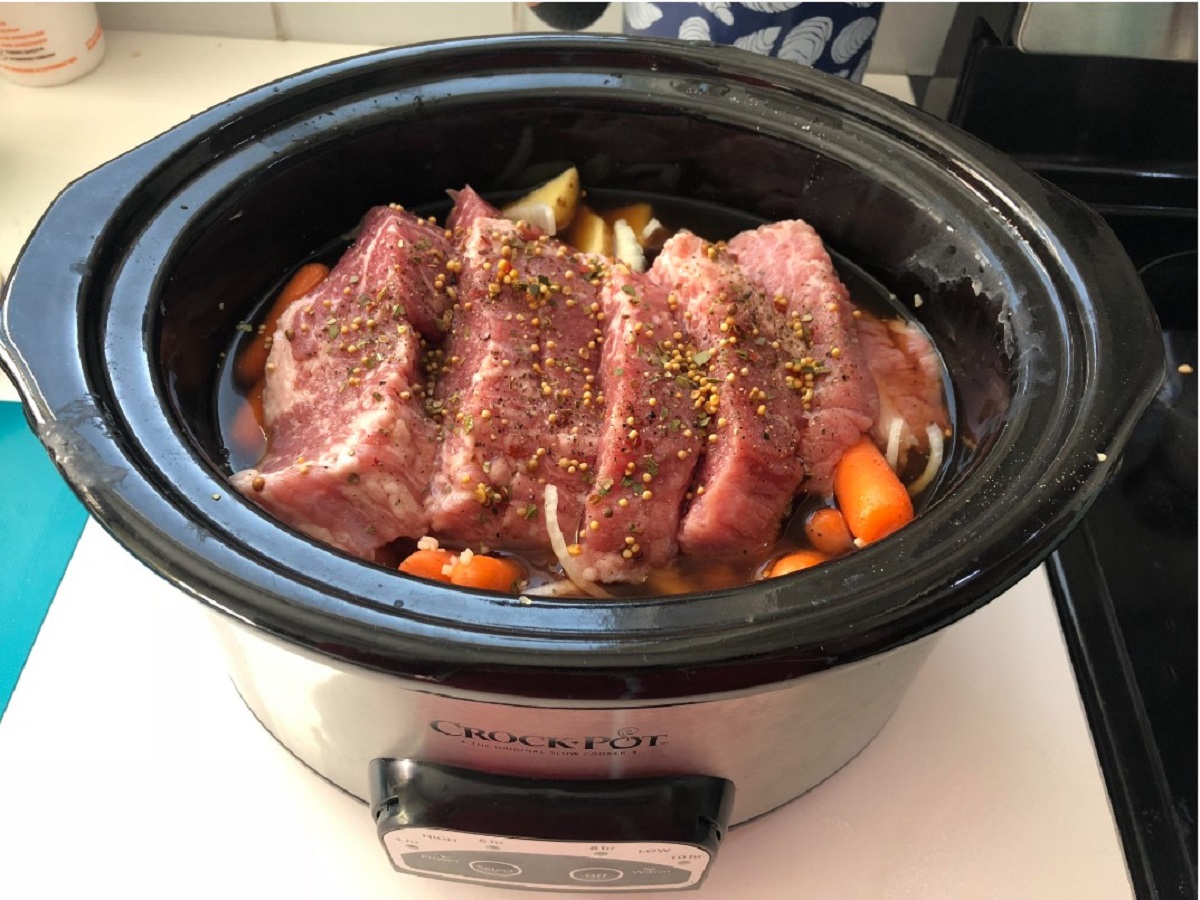

0 thoughts on “How Do I Choose A Rice Cooker”